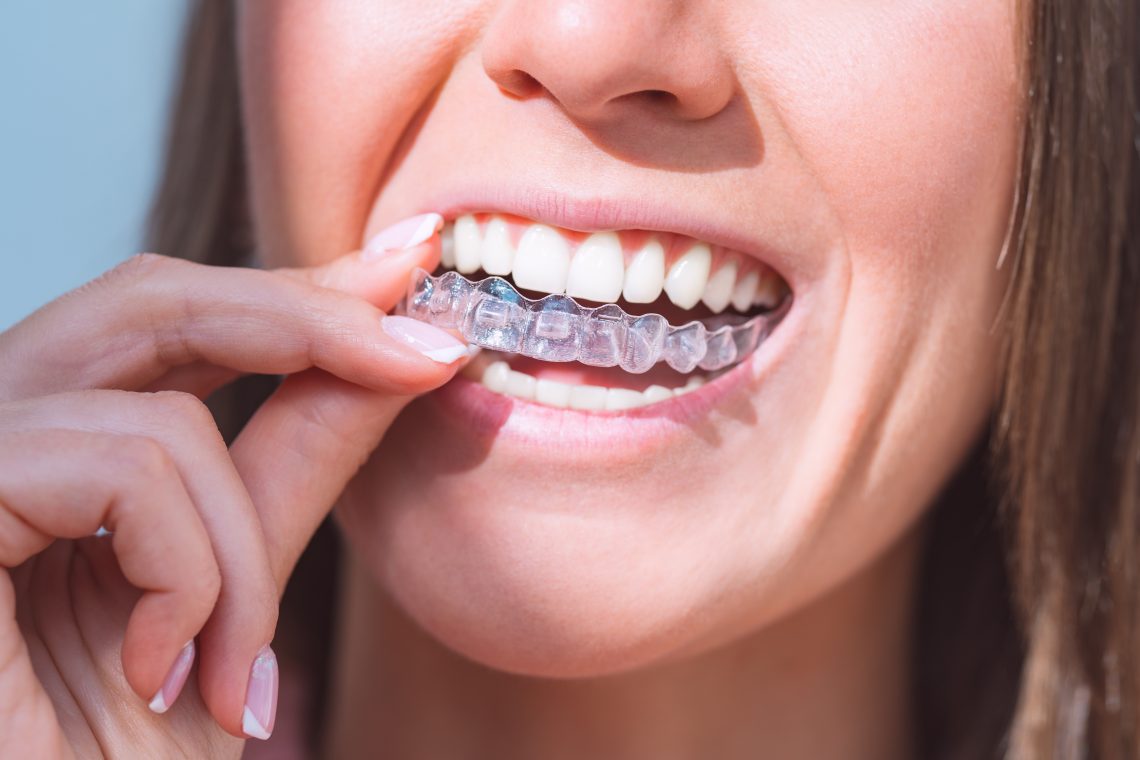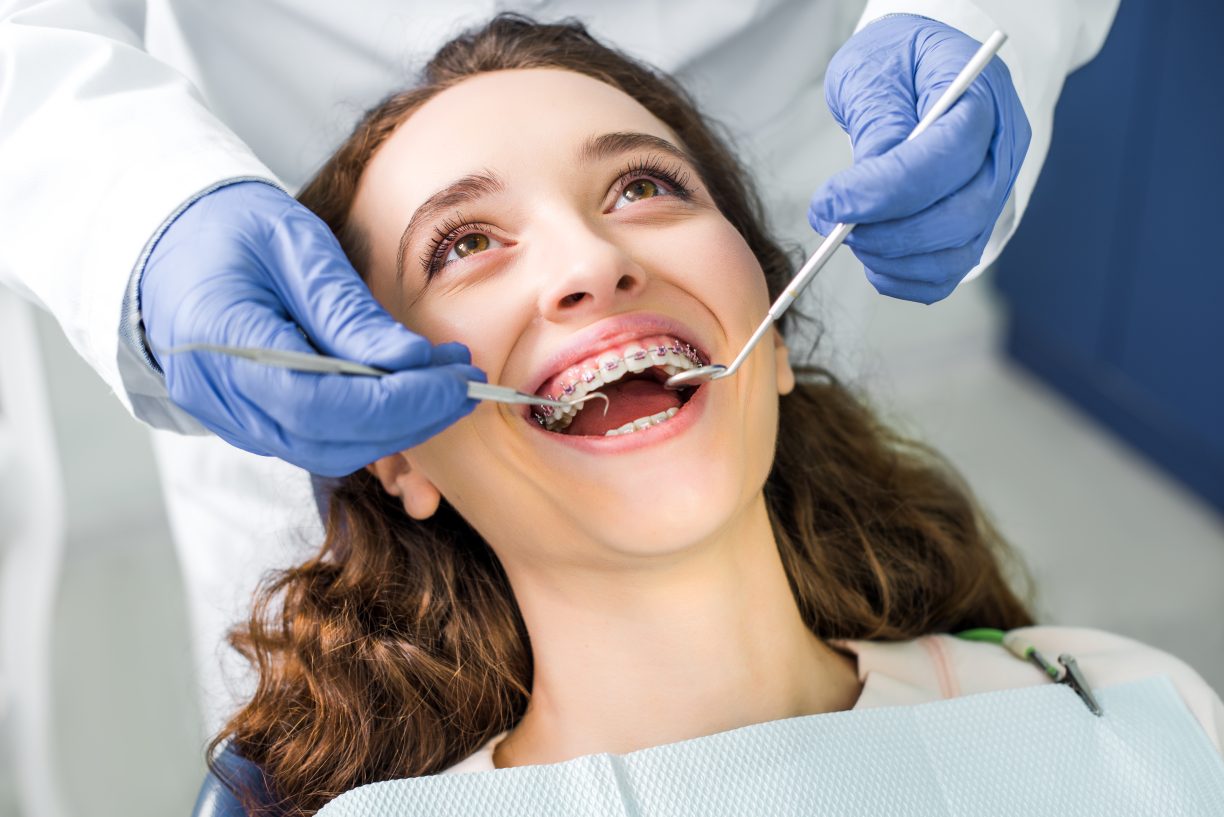Invisalign vs. Traditional Braces
You have options beyond traditional metal braces when it comes to straightening your teeth and attaining a beautiful smile. Invisalign and traditional braces are two popular orthodontic treatments that offer effective solutions for correcting misaligned teeth. Understanding the differences between Invisalign and traditional braces can help you decide which option is best suited to your needs and preferences.
Invisalign
Invisalign represents a contemporary orthodontic solution employing a sequence of clear, removable aligners to gradually reposition your teeth. Quarry Park Invisalign is crafted from a smooth, transparent plastic material. These tailor-made aligners are virtually imperceptible when worn. Below are notable features and advantages of Invisalign:
1. Aesthetic Appeal: One of the key benefits of Invisalign lies in its aesthetic appeal. The transparent aligners are subtle and harmonize seamlessly with your natural smile, enabling you to undergo orthodontic treatment discreetly without attracting notice to your teeth.
2. Removability: In contrast to conventional braces, Invisalign aligners offer the flexibility of being removable, enabling effortless eating, drinking, brushing, and flossing. This convenience means that you can indulge in your favorite foods without limitations while upholding impeccable oral hygiene throughout your treatment journey.
3. Comfort: Crafted from a smooth plastic material, Invisalign aligners alleviate the discomfort and irritation commonly associated with traditional metal braces. Their design lacks wires and brackets, thereby minimizing the likelihood of mouth sores and soft tissue injuries, rendering Invisalign a more comfortable orthodontic alternative.
4. Convenience: Invisalign treatment typically requires fewer in-office appointments compared to traditional braces. After an initial consultation and assessment, you’ll receive a series of aligners that you’ll need to wear at home, with periodic check-ups with your orthodontist to monitor progress.
Traditional Braces
Traditional braces are metal brackets that are bonded to the front surfaces of your teeth, connected by wires and elastic bands. While they may not be as aesthetically pleasing as Invisalign, traditional braces remain a reliable and effective orthodontic treatment option. Here are some key features and benefits of traditional braces:
1. Comprehensive Correction: Traditional braces are versatile and can address a range of orthodontic issues, including severe misalignment, overcrowding, and bite discrepancies. They provide comprehensive correction for complex cases that may not be suitable for Invisalign treatment.
2. Durability: Metal braces are known for their durability and ability to withstand the forces required to move teeth into the desired position. They are less prone to breakage compared to clear aligners, making them a reliable option for long-term orthodontic treatment.
3. Predictable Results: With traditional braces, your orthodontist has greater control over the movement of your teeth, allowing for precise and predictable results. This level of control is particularly beneficial for addressing severe or complex orthodontic issues effectively.
4. Cost-Effectiveness: Traditional braces are often more cost-effective than Invisalign, making them a budget-friendly option for patients seeking orthodontic treatment. Many insurance plans also provide coverage for traditional braces, helping to offset the out-of-pocket expenses.
Making the Right Choice
Ultimately, the decision between Invisalign and traditional braces hinges on your specific requirements, preferences, and orthodontic considerations. Invisalign may be the preferred option if you prioritize aesthetics, comfort, and convenience. However, traditional braces may be the better choice if you require comprehensive correction for complex orthodontic issues or prioritize durability and cost-effectiveness.
Seek guidance from a seasoned orthodontist to assess your individual situation and deliberate on the advantages and drawbacks of each treatment alternative. By carefully considering the pros and cons and aligning with your treatment objectives, you can arrive at an informed decision that paves the way for a straighter, healthier smile.
Read more beauty and dental articles at ClichéMag.com
Images provided by Deposit Photos, BingAI, Adobe Stock, Unsplash, Pexels, Pixabay & Creative Commons





